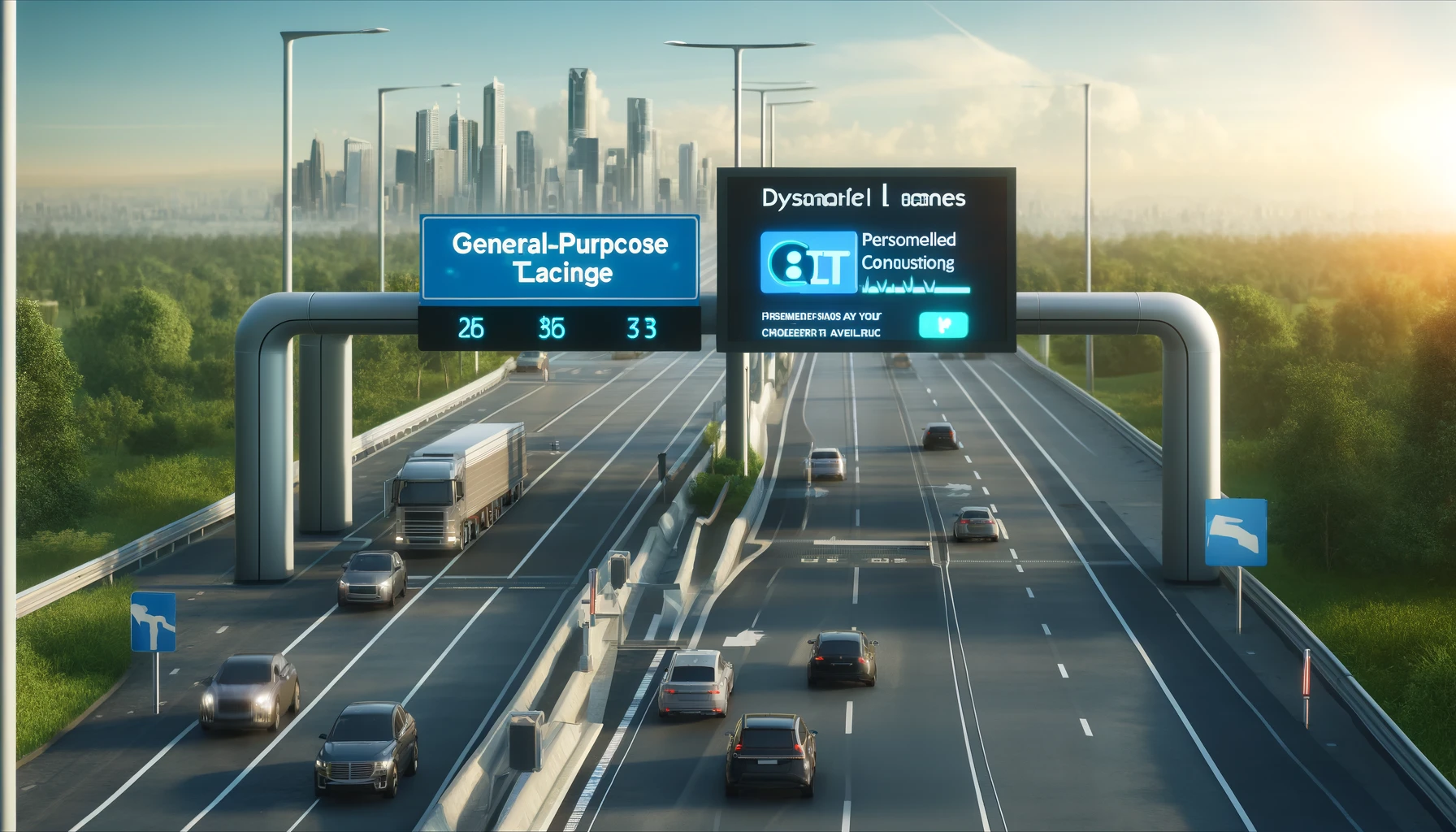The South African National Roads Agency SOC Limited (SANRAL) has addressed concerns raised by the Organisation Undoing Tax Abuse (OUTA) regarding the financial transparency of the Gauteng Freeway Improvement Project (GFIP) and its associated e-toll system. Following the government's decision to shut down e-toll gantries in April 2023, SANRAL has explained the complex funding model behind the project, shedding light on its ongoing debt and the efforts made to manage financial shortfalls.
Explaining the GFIP’s Funding Challenges
SANRAL spokesperson Vusi Mona outlined the background to the GFIP’s funding, emphasizing the financial complexities involved in constructing the freeway network, which was completed in time for the 2010 FIFA World Cup. In 2008, SANRAL began borrowing funds to finance the R21 billion project, which included road construction and tolling systems. However, revenue from toll fees was insufficient to cover both operational costs and interest on the debt, leading to the accumulation of additional debt over the years. To mitigate the shortfall, SANRAL received periodic allocations from the National Treasury to cover operational deficits and debt interest.
“The operational shortfall from toll revenue has caused debt to increase, as SANRAL had to borrow more to service the interest or refinance maturing debt,” said Mona.
R29 Billion Debt and Future Financial Outlook
As of the signing of the Memorandum of Agreement (MOA) in April 2023 to end the e-toll system, the nominal debt associated with the GFIP stood at R29.031 billion. Along with this, SANRAL projected an additional R20.011 billion in interest payments on the debt, which will be paid until the last bond matures in 2036. This debt has been impacted by fluctuations in the Consumer Price Index (CPI), affecting the cost of CPI-linked bonds.
Prior to the termination of e-tolls in 2022, the National Treasury had allocated grants to SANRAL, but these were solely used to cover operational costs and debt interest. It wasn’t until October 2022 that R23.756 billion was allocated specifically for settling maturing debt, with R20.557 billion used for bond settlements and interest payments.
Funding for 2024 Settlements and Backlog Maintenance
Looking ahead, SANRAL has secured R5.1 billion from the National Treasury for the 2024/25 financial year. This funding will be used for maturing bond payments, interest settlements, and critical backlog road maintenance, as outlined in the MOA. Specifically, R546 million of this amount will be directed toward maintenance of GFIP roads.
The R5.1 billion also includes the portion of funds paid by the Gauteng Provincial Government to the National Revenue Fund, as part of the overall agreement to manage GFIP debt.
Transparency and Public Accountability
SANRAL has reiterated its commitment to transparency and accountability, with its financial management subjected to rigorous oversight. The agency’s audited reports are publicly available on its website, providing in-depth insights into its expenditure and financial practices since the project’s inception.
Mona also addressed OUTA’s concerns about SANRAL's marketing and communications budget, highlighting that such expenditures are essential for engaging the public and fostering collaboration on large-scale infrastructure projects. Effective communication and stakeholder engagement, including outreach through digital and social media platforms, are integral to ensuring smooth project implementation and minimizing disruptions.
Commitment to Stakeholder Engagement
“Stakeholder engagement is crucial for minimizing disruptions and ensuring that SANRAL projects progress smoothly, even in the face of challenges such as the so-called construction mafia,” Mona explained. He further emphasized that SANRAL’s investment in marketing and communications is paying off, as evidenced by the absence of significant delays and project disruptions.
SANRAL’s ongoing efforts to build trust, promote transparency, and engage with communities and stakeholders reflect its dedication to maintaining the highest standards of governance and public accountability in South Africa’s road infrastructure development.











